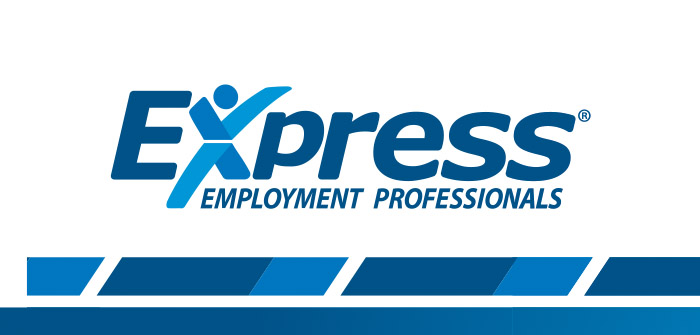Helping or Hurting: 4 Types of Feedback to Ignore
By James C. Price, Aug 2019, Express Employment Professionals’ Refresh Leadership Blog
Feedback can be the lifeblood of personal and career development. Constructive criticism from a close peer or positive reinforcement from a focus group can help a leader navigate through the rowdy seas of commerce. Interestingly enough, according to a study by Office Vibe, companies that implement regular employee feedback experience 14.9% lower turnover rates. But just as there is a time and place for everything, there’s a time and place for feedback—more importantly—for accepting feedback. While it can be an educational experience, there are some types of feedback that you’re better off ignoring.
Feedback Without Substance
When others give you advice on areas for improvement, it can be a turning point in your career. But without assistance on what specifically you are doing wrong or how to fix those ambiguous problems, you can be left feeling belittled instead of built up. Avoid this scenario by asking thorough follow-up questions to negative criticism, including “How did you come to that conclusion,” “What is at the root of the specific issues,” “What can I do differently to avoid this in the future,” among others.
Feedback Without Expertise
Sometimes, strangers and colleagues will offer their two cents about your work-style, product, or service line. And though you should always be open to constructive criticism initially, it’s important to evaluate where the criticism is coming from. The weight you place on feedback should depend on the person offering it. Evaluate who is giving the feedback, their professional background, and whether or not they are qualified to offer criticism.
Feedback Without Positivity
The phrase constructive criticism can be thrown around without a thought, but understanding its importance is vital to knowing the type of feedback to accept and the type to ignore. No matter what someone is saying or what their motives are, feedback can be hurtful—even when it’s true. When offering feedback, the critic is most helpful by being positive and optimistic. If someone is simply criticizing you or your work, but isn’t trying to help you grow, this feedback can be toxic and harmful to your productivity and can stifle your creativity. Before you take this person’s advice, bring up the issues he or she said with a trusted advisor or mentor to gain a different perspective.
Feedback Without Backing
If one person feels a certain way, it can be a harbinger for more people having the same thoughts toward your work. Though you may want to simply dismiss a lone-wolf critic, it’s important to see how others feel about it. It’s easier to take feedback when several people agree on a specific thought, but when there is one person at odds with the group, it might be a sign they are seceding from the collective to simply be different. In this case, consider the three other types of feedback: is the lone wolf offering substance, providing expertise, and positively offering advice? Depending on where the person who is going against the grain stands, it may be advice worth taking or ignoring completely.
Creating a Culture of Healthy Feedback
Regardless of whether positive or negative, 82% of employees appreciate feedback, according to Office Vibe. So, it’s important to not only learn how to accept the right types of feedback and brush off negative complaints, but to also implement a culture of constructive criticism among your employees. The more you encourage others to be open by accepting their feedback, the more they will be willing to grow from your feedback to the team. Creating a culture of open evaluation and encouragement can be the game changer to push your organization to the next level.

